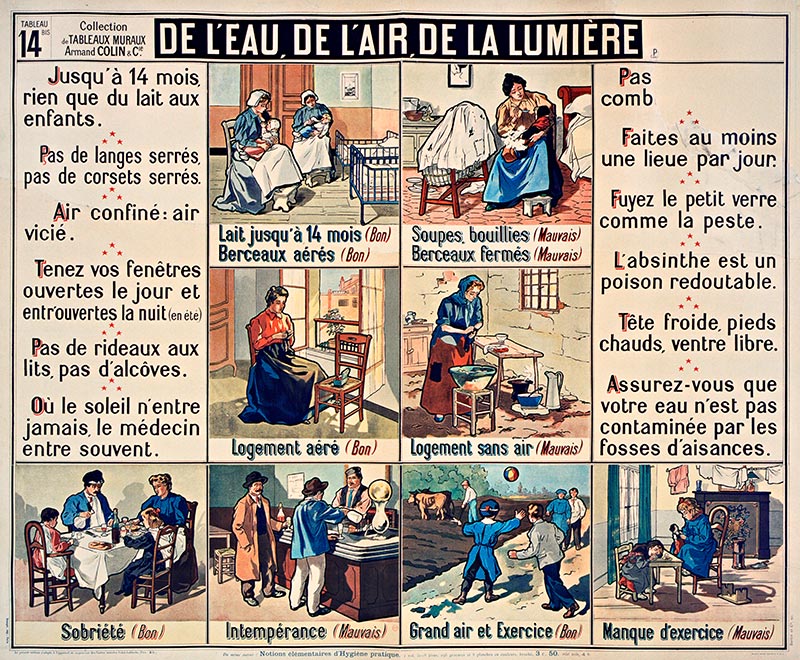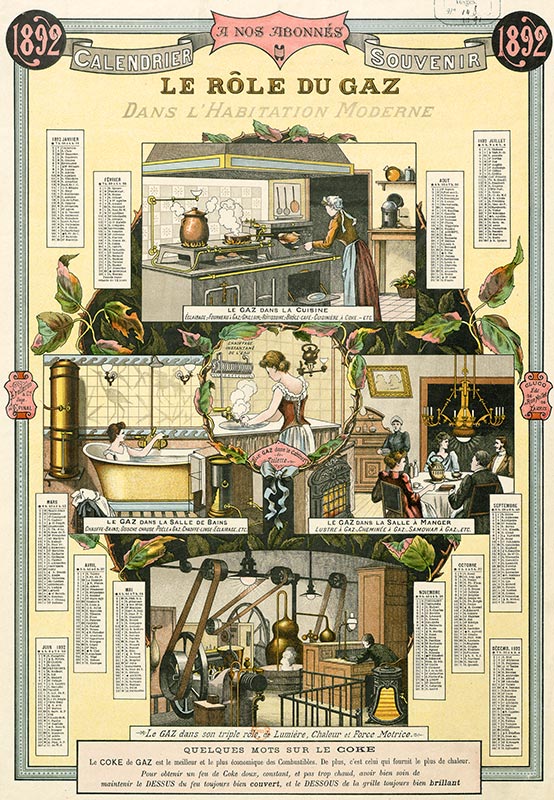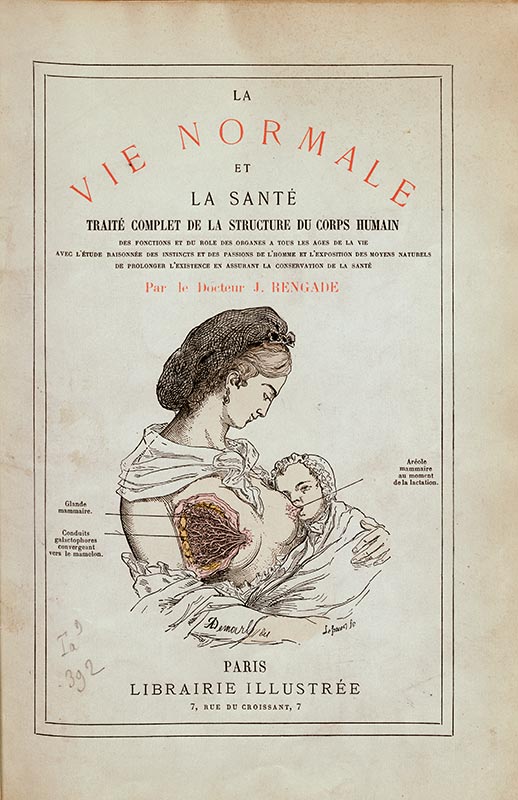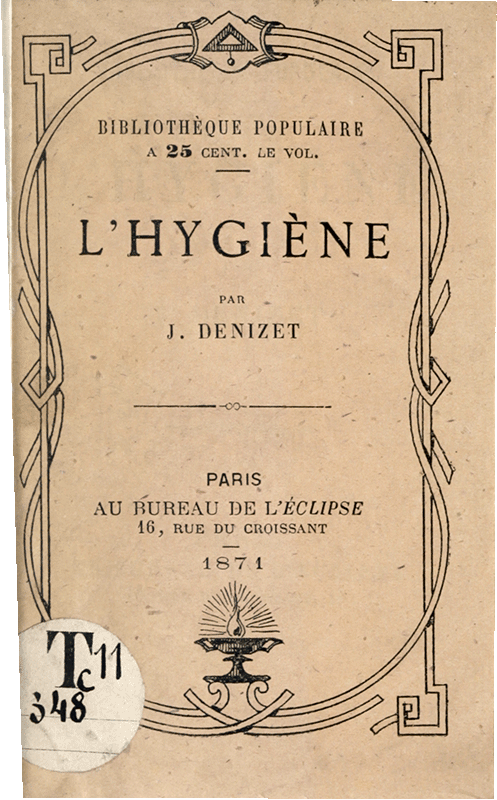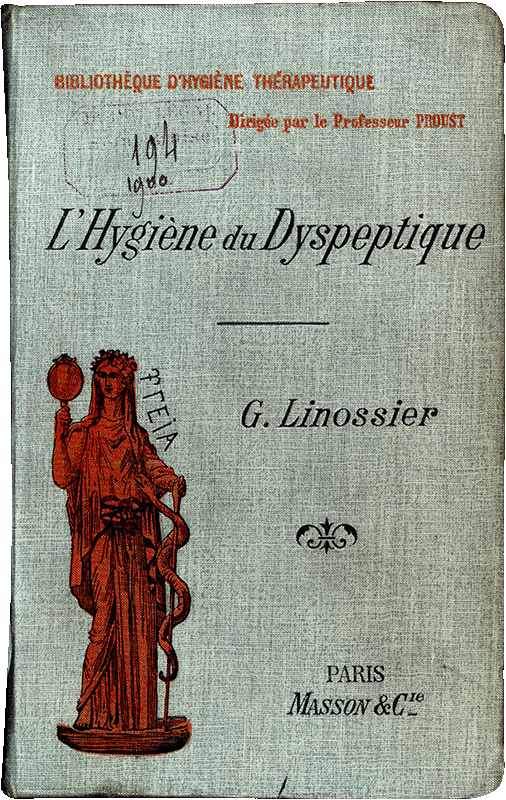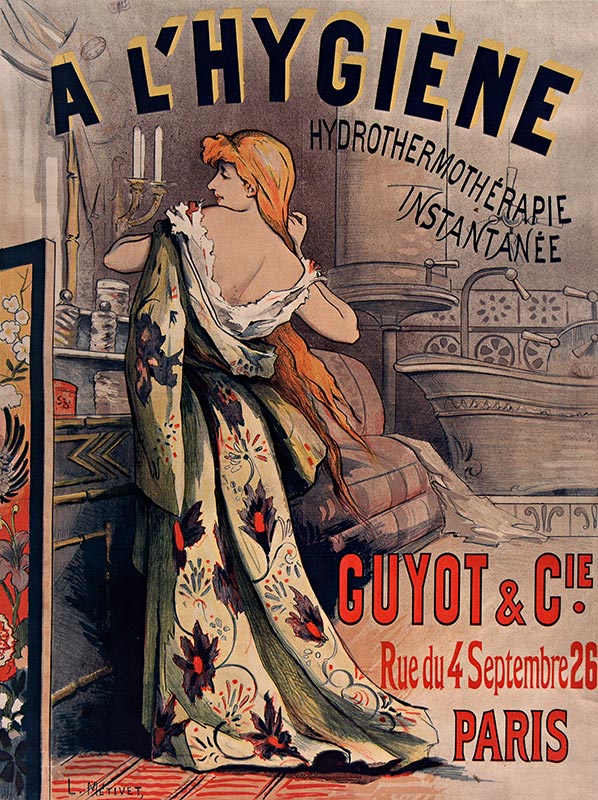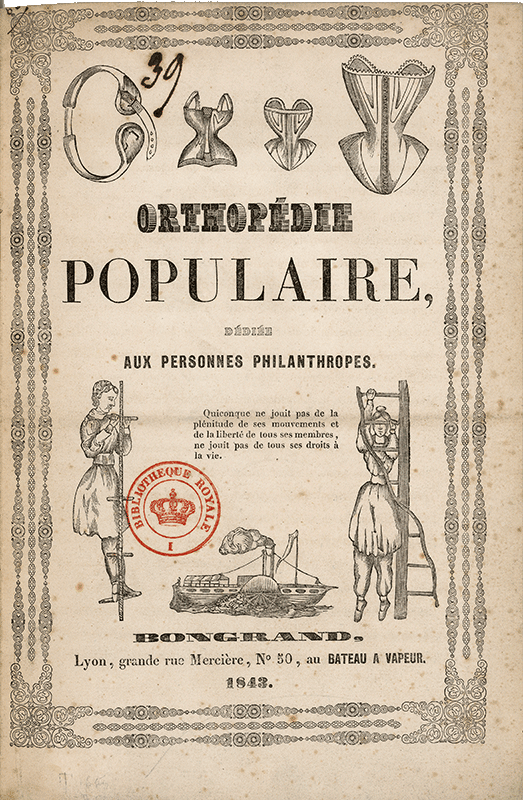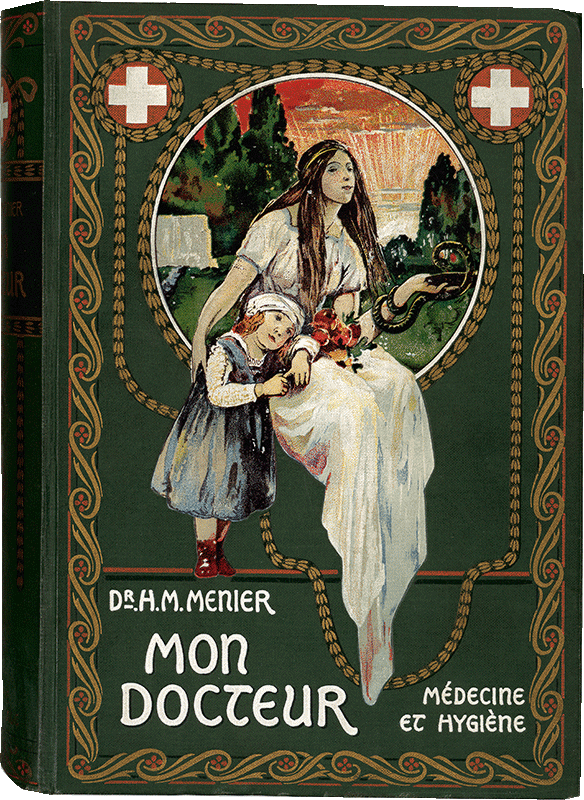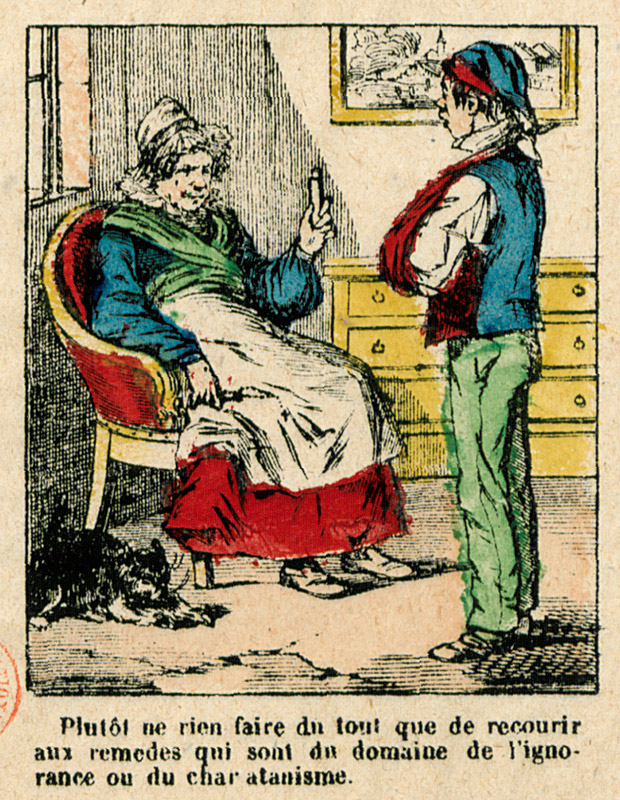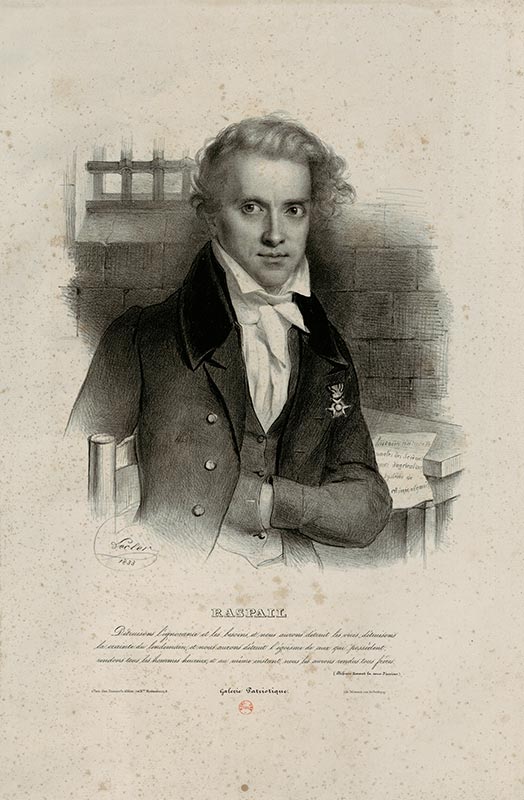Hygiene – both in terms of the people’s health and insalubrious streets and lodgings – had been a serious concern for the authorities since the 17th century. Nineteenth-century social and urban crises heightened this awareness.
The hygienist movement began to develop, especially after 1865 and the confirmation of Pasteur’s germ theory.
Keeping a healthy home became an increasingly important concern, and modernizing housing could only be advantageous on that score.
Still, despite those political considerations, popular medicine was meant first and foremost as a way for people to emancipate themselves through science.
L’hygiène pour tous
Knowing how to look after your body and keep it healthy was an important theme in “practical popularizing.” The many books published, often as part of themed, low-priced collections,
were meant to help readers preserve their health, both from everyday aches and pains, and from more serious afflictions.
Authors often flaunted the philanthropic ideals that urged them to make their medical or technological knowledge available to all.
The idea was often to get readers to take their health and education into their own hands.
Mon docteur : traité de médecine et d'hygiène
(My Doctor: A Treatise on Medicine and Hygiene), H.-M. Menier, 1907.
La nouvelle médication naturelle : traité et aide-mémoire de médication et d'hygiène naturelles
(The New Natural Medication: A Treatise with Helpful Hints for Natural Medication and Hygiene),
Friedrich Eduard Bilz, 1909.
Folk wisdom in case of illness, in L'hygiène en images (Hygiene in Pictures),
Imagerie Pellerin, 1875.
In a nutshell, the point was to teach people to do without doctors or pharmacies.
While some advocated natural medications, the popularizers endeavored to distance themselves from any form of charlatanism.
